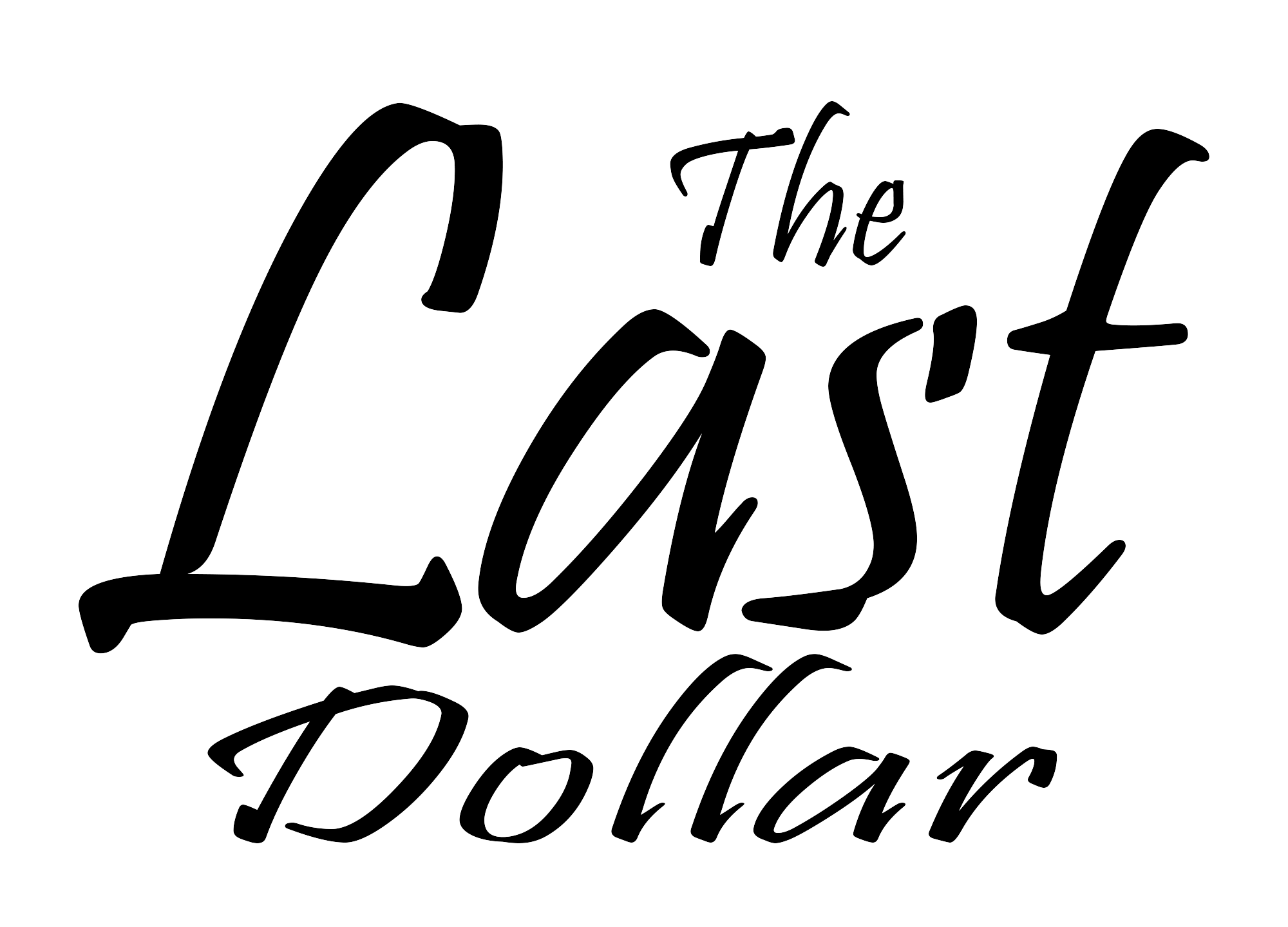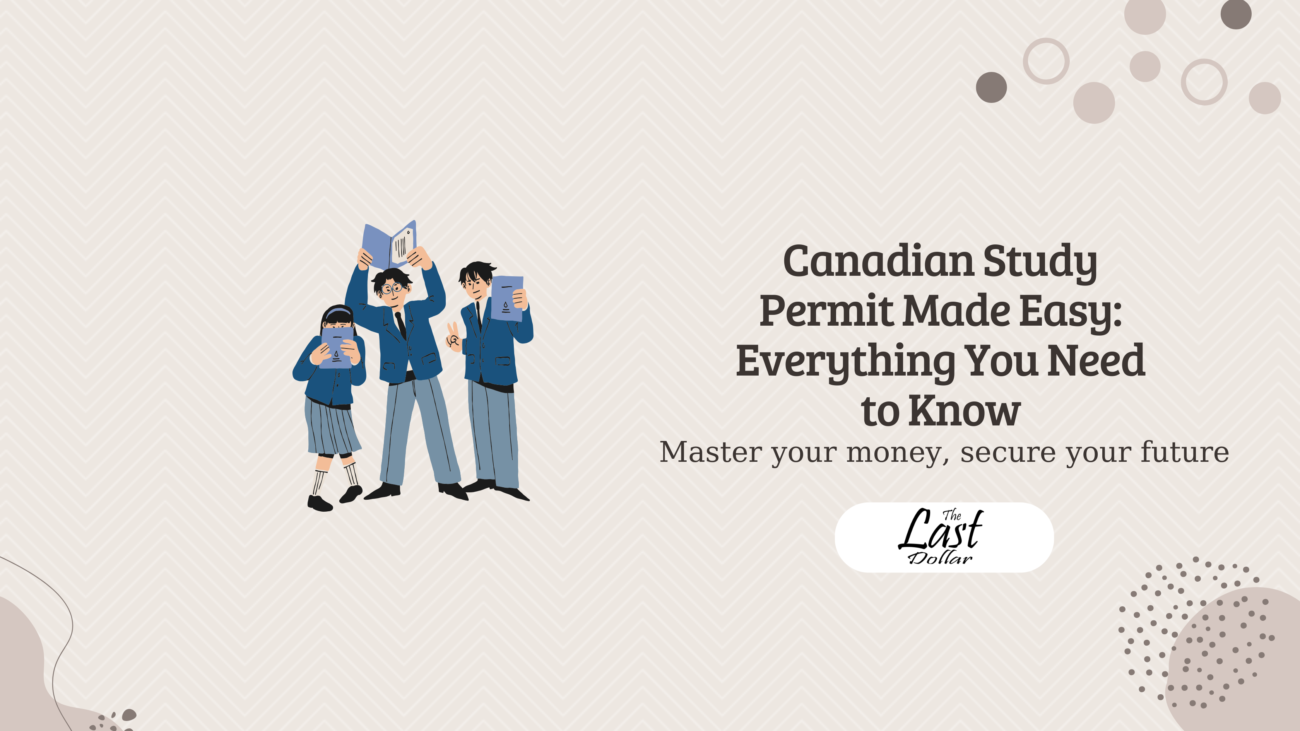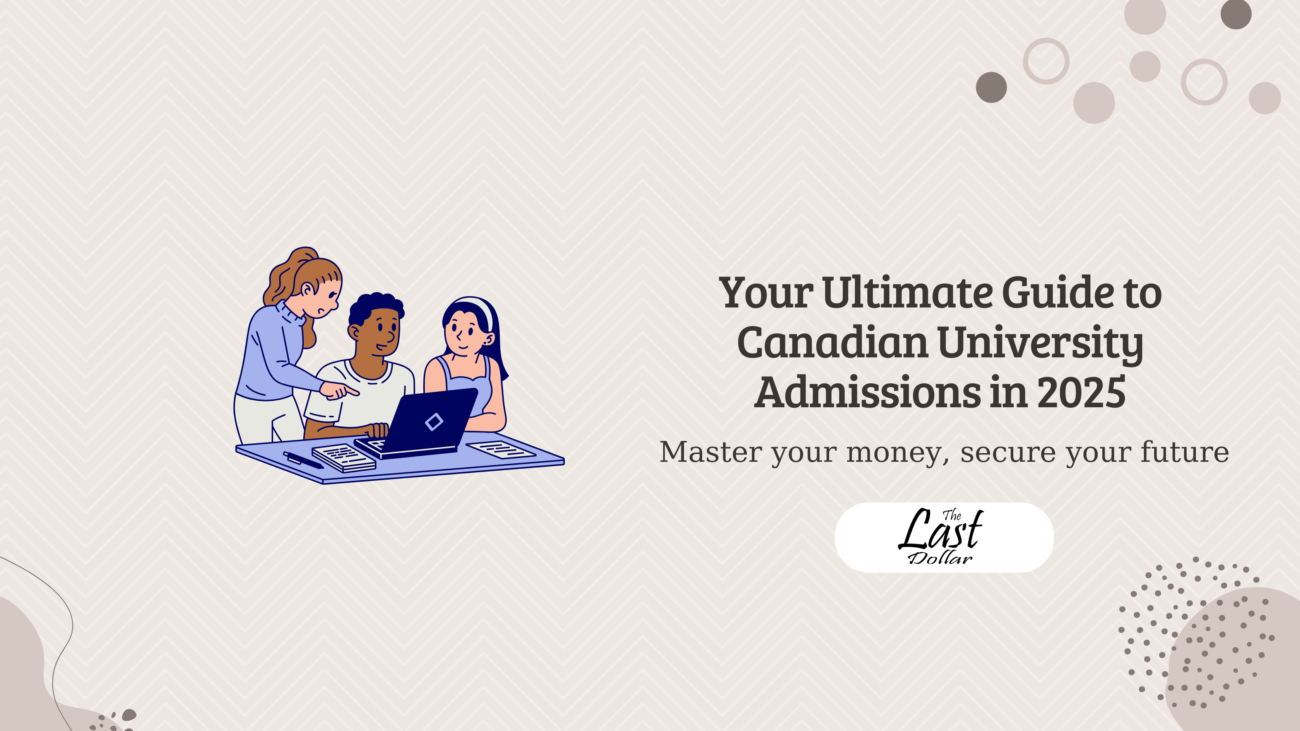Credit card debt is one of the most common financial challenges faced by individuals today. It can feel like an overwhelming cycle—constantly juggling minimum payments, racking up interest charges, and watching your balance grow. But don’t worry—breaking the cycle is entirely possible. In this blog, we’ll walk you through actionable steps to regain control of your credit card debt and build a more stable financial future.
1. Understand Your Debt
The first step in tackling your credit card debt is understanding exactly how much you owe. This includes not just the total balance on each card, but also the interest rate, fees, and minimum payments.
- List all your credit cards: Write down the balance, interest rate, and minimum payment for each card.
- Prioritize high-interest debt: Focus on paying off the credit card with the highest interest rate first (this is known as the “avalanche method”) or pay off the smallest balance first to build momentum (the “snowball method”).
Knowing these details will help you make informed decisions about which debts to prioritize.
2. Create a Budget
One of the most effective ways to regain control is to create a budget that allocates funds toward paying down your credit card debt. A budget helps you track your spending, identify areas where you can cut back, and direct those savings toward debt repayment.
- Track your expenses: Write down all your income and expenses for a month.
- Set spending limits: Cut back on discretionary expenses, like dining out or subscriptions, to free up more money for debt repayment.
- Prioritize debt repayment: Allocate any extra money you can save each month to pay off your credit card debt faster.
3. Consider a Balance Transfer or Debt Consolidation Loan
If you’re dealing with multiple high-interest credit cards, a balance transfer or debt consolidation loan might be a good option. These financial products allow you to combine your debt into one payment, often at a lower interest rate.
- Balance transfer cards: Some credit cards offer 0% APR on balance transfers for an introductory period (usually 6-18 months). If you can pay off the balance during this period, you’ll avoid paying interest altogether.
- Debt consolidation loans: These are personal loans that allow you to consolidate multiple debts into one loan with a fixed interest rate. This can help reduce the interest you pay and simplify your payments.
4. Negotiate with Creditors
Don’t be afraid to reach out to your creditors. Many credit card companies are willing to work with you if you’re struggling to make payments. You might be able to negotiate lower interest rates or even a payment plan that fits your financial situation.
- Request a lower interest rate: If you have a good payment history, ask your credit card issuer for a lower interest rate. A reduced rate means more of your payment will go toward the principal balance, speeding up the repayment process.
- Explore hardship programs: Some credit card issuers offer hardship programs that may lower your monthly payment or interest rate temporarily.
5. Automate Payments
It can be easy to forget to make your credit card payments on time, especially if you’re juggling multiple cards. Late payments can result in fees and higher interest rates, making it harder to break free from the debt cycle. Automating your payments ensures you never miss a due date.
- Set up automatic minimum payments: Ensure at least the minimum payment is made each month to avoid late fees.
- Pay more than the minimum: If possible, set up automatic payments that pay more than the minimum payment each month. This will help reduce your debt faster.
6. Build an Emergency Fund
While focusing on paying down your credit card debt, it’s essential to also build an emergency fund. This fund acts as a safety net and helps prevent you from relying on credit cards when unexpected expenses arise.
- Start small: Aim for a few hundred dollars initially, and then gradually increase your fund to cover three to six months of living expenses.
- Use your emergency fund wisely: Only dip into the fund for true emergencies, like medical bills or car repairs. Avoid using it for non-essential purchases.
7. Seek Professional Help
If you feel overwhelmed and unable to manage your debt on your own, it might be time to seek professional help. There are several resources available that can help you navigate your credit card debt, including:
- Credit counseling agencies: These non-profit organizations can help you create a debt management plan and work with creditors to lower interest rates or fees.
- Debt settlement services: If you owe a significant amount of debt, debt settlement companies can negotiate with creditors to reduce your balances. However, these services can have negative impacts on your credit score and should be considered as a last resort.
8. Commit to Avoiding New Debt
Once you’ve made progress in paying down your credit card debt, it’s important to avoid falling back into old habits. This means resisting the temptation to charge purchases to your cards, especially if you still have a balance to pay off.
- Use cash or debit cards: Try to limit your credit card usage to avoid accumulating new debt. If you must use a credit card, pay it off in full each month.
- Cut up unnecessary credit cards: If you have credit cards that you no longer need, consider closing the accounts to avoid the temptation of overspending.
Conclusion: Credit Card Debt
Breaking the cycle of credit card debt may not be easy, but with a clear plan and discipline, it is possible. By understanding your debt, creating a budget, negotiating with creditors, and avoiding new debt, you can take control of your financial future. Remember, every small step you take towards paying off your debt is progress, and over time, you’ll be able to break free from the burden of credit card debt.
Discover our expert blogs for insightful tips on managing your finances effectively! Also, don’t forget to follow us on X.












